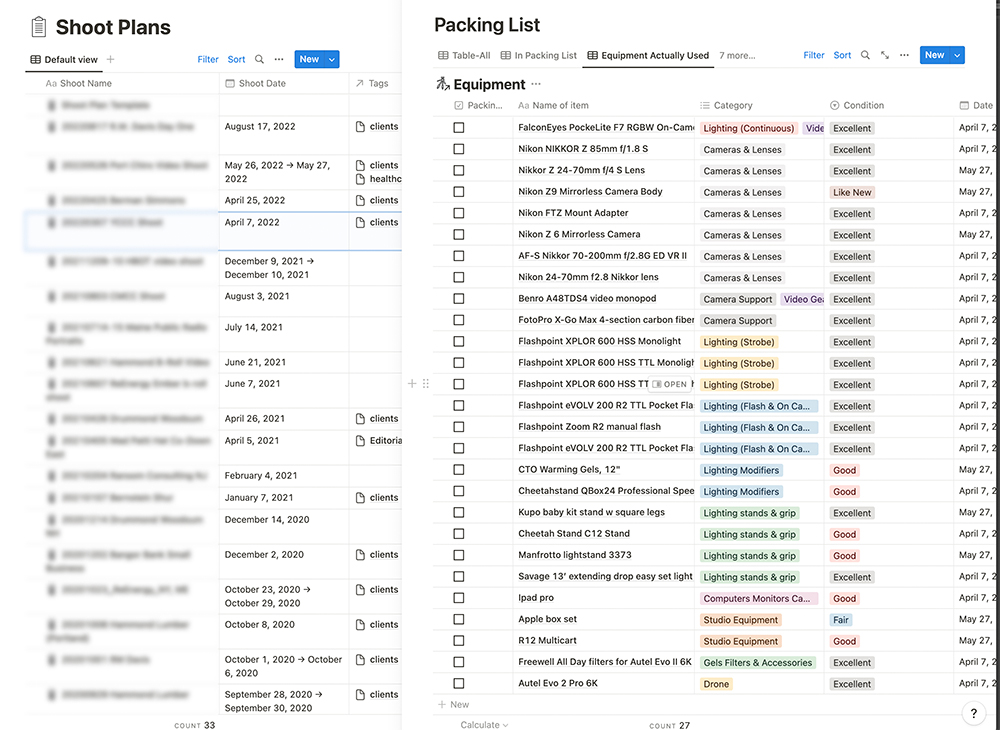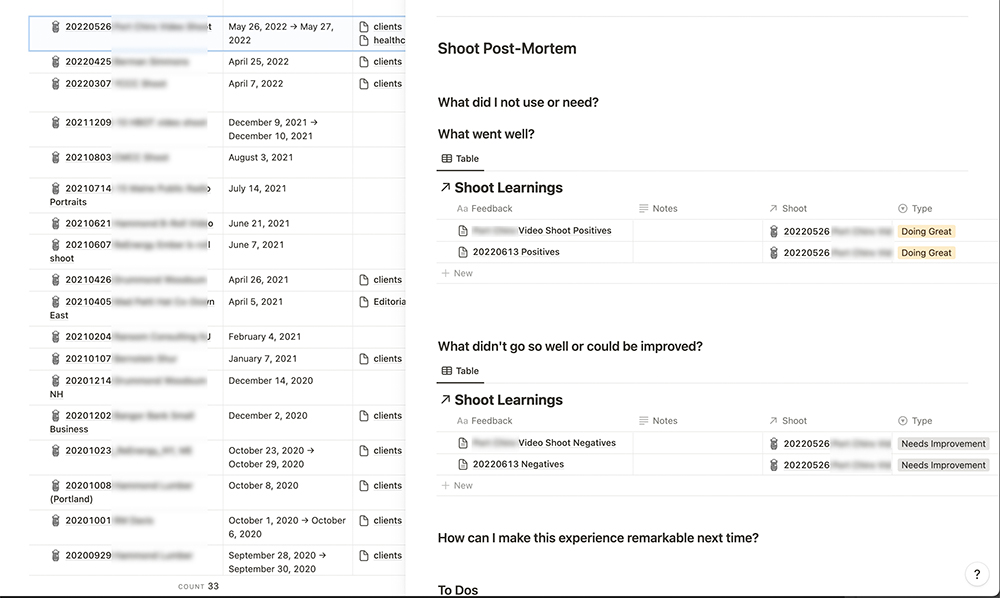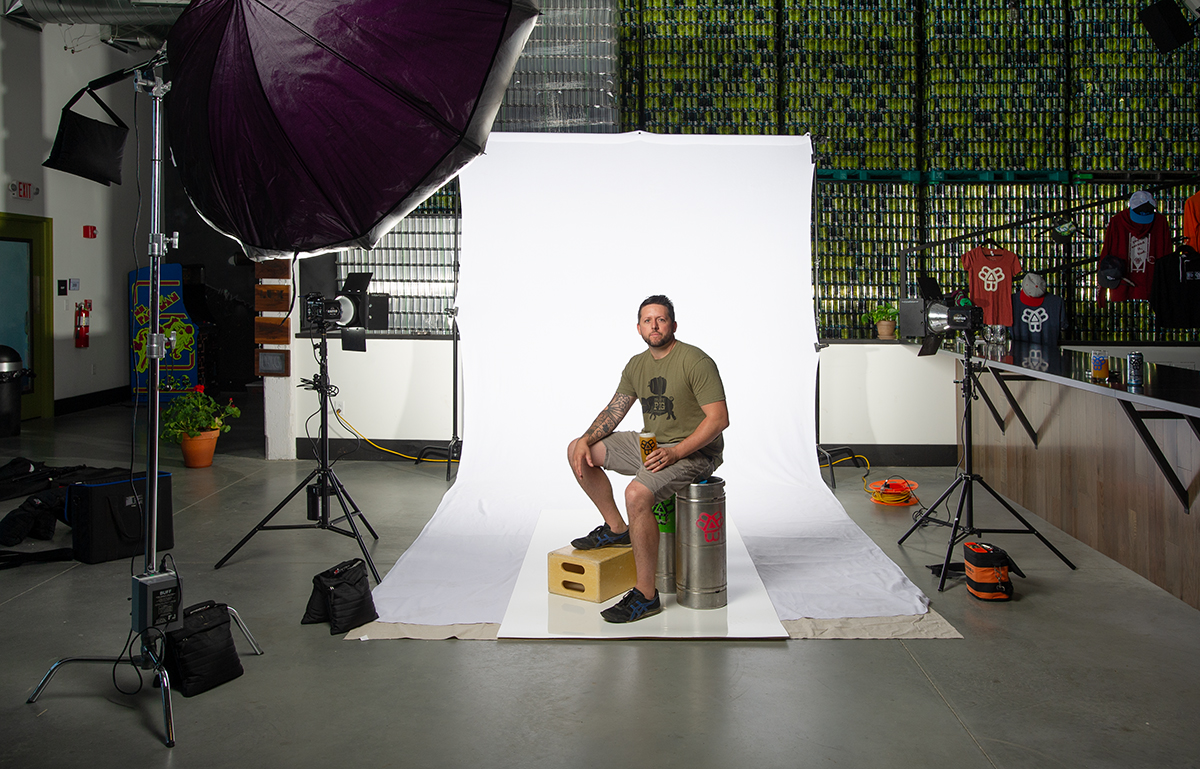
With years of commercial and editorial photography under my belt, I’ve learned that the devil is truly in the details. Never mind the big stuff, like bustling locations or fickle weather. It’s the little things that make or break a shoot. Like the old proverb goes, “for want of a nail, the kingdom was lost”, small errors can lead to big problems.
Photographers and videographers juggle a lot. From equipment to location details, timing to names—keeping track of it all is a Herculean task. That’s why experienced pros systemize their workflows to preempt surprises and minimize errors.
My pre- and post-shoot rituals are a must. Sure, they’re mundane and time-consuming, but not skipping them is a lesson I’ve learned the hard way. I always kick-off each location shoot with a gear checklist. Once packed, I tick off each item once more lest I wind up forgetting a digital card or battery. Post-shoot, the list doubles up to check off used items and note gear needing servicing.
My other post-shoot ritual is a comprehensive review—think of a military-style After-Action Review. This step is vital to noting both wins and areas for improvement. Only then can I truly learn and progress. This entire process adds about an hour, but it’s saved me ample headaches and led to constant refinement of my processes.
Over the years, I’ve used everything from journals and paper checklists to Evernote templates and now, Notion. The tech isn’t important—consistency is.
Challenge yourself to identify places in your workflow where you can add checklists and simple procedures that will free you up to focus on your creative (and more valuable) work.

–30–

